45.5 x 56.5 cm
Signed and dated 1737
Christophe Huet offers us the representation of a joyful, tender and intimate animal scene. Two capuchin monkeys play on the edge of a pond in a western-looking forest landscape.
The right background is animated by several buildings: A small church is attached to a large dovecote, and bordered by a sheepfold. It is not uncommon for Christophe Huet to see these exotic animal species (parrots, American ducks, American and Asian monkeys) in local landscapes and, conversely, western species (foxes, owls, deer) are represented in exotic landscapes, surrounded by poppies, agaves and for architecture representations of pagoda roofs.
Huet produced in 1735 two years before our painting the famous and important series of ten large animal paintings for the Petit Luxembourg mansion in Paris, for Marie-Anne de Bourbon-Condé known as Mademoiselle de Clermont (1697-1741).
This series includes in particular the “Landscape with macaque monkeys…” which is kept at the Condé Museum in Chantilly (Ill. 1).
Huet exhibited several animal paintings at the salons of the Académie des Peintres de Saint Luc in the 1750s, which led to critics calling him the “worthy student of Mr. Oudry”.
Christophe Huet thus follows in the lineage of the great animal painters JB Oudry and JF Desportes whose works he collected.
Ill1. The two Capuchin monkeys imported from Central or South America were observed and drawn by Huet at the Royal Menagerie of Versailles, or that of Chantilly or Vincennes.
The monkeys' gaze is directed away from the scene of the painting. in return they observe the privileged visitor who comes to admire and study the rare and precious animal species imported from America and Asia by the trading posts of the East India Company in the Courts of Europe.
We know of a series of eleven plates engraved by Jean-Baptiste Guélard after drawings of antics by Christophe Huet which is dedicated to "M. Delorme, First boy and deliverer of the Menagerie of Versailles" (Ill. 2 and 3).
Ill2. The convoluted and acrobatic poses of these two playing monkeys are favorite motifs for the great French ornamentalists since Jean Bérain and his grotesques, Claude Gillot, Jean-Antoine Watteau, and Claude III Audran.
Like his Master Claude III Audran who created Singeries for Louis Precisely the year of our painting in 1737, he created this masterpiece of French ornamental painting for the Prince de Condé (1692-1740): “La Grande Singerie” for the grand apartment of the Princes de Condé at the Château de Chantilly (Ill 4).
Two years earlier he painted "La Petite Singerie" in the Boudoir of the Petit Château de Chantilly for the Duchess of Bourbon.
Ill 3. Ill 4. After having embodied an inferior imitation of man and symbolized the demon during Antiquity and the Middle Ages, the monkey which was deified by the Chinese, became a highly appreciated animal and domesticated by the European aristocracy of the 18th century.
Albrecht Dürer owned a monkey in 1521, which he depicted in several compositions including “The Virgin and Macaque” in 1498.
Philip IV of Spain collected paintings of monkeys in a gallery at the Prado.
Our painting is the incarnation in Art under Louis USA.Illustrations:Christophe Huet, Landscape with rhesus macaque monkeys, mute swans, African royal spree, n.d.b.d. : C. Huet 1735, oil on canvas, Chantilly, Musée Condé, PE 401-10.
Jean-Baptiste Guélard after Christophe Huet, The Schoolmaster, intaglio, early 18th century.
Chantilly, Musée Condé, Suppl.183Christophe Huet, The Master of the Hunting Horn, sanguine, 1741.
Valenciennes, Musée des Beaux-Arts.Christophe Huet, The Sculptor Monkey, Grande Singerie, 1737.
Bibliography: “Les Singeries de Chantilly”, Nicole Garnier-Pelle. In Fine éditions d’art, 2021.







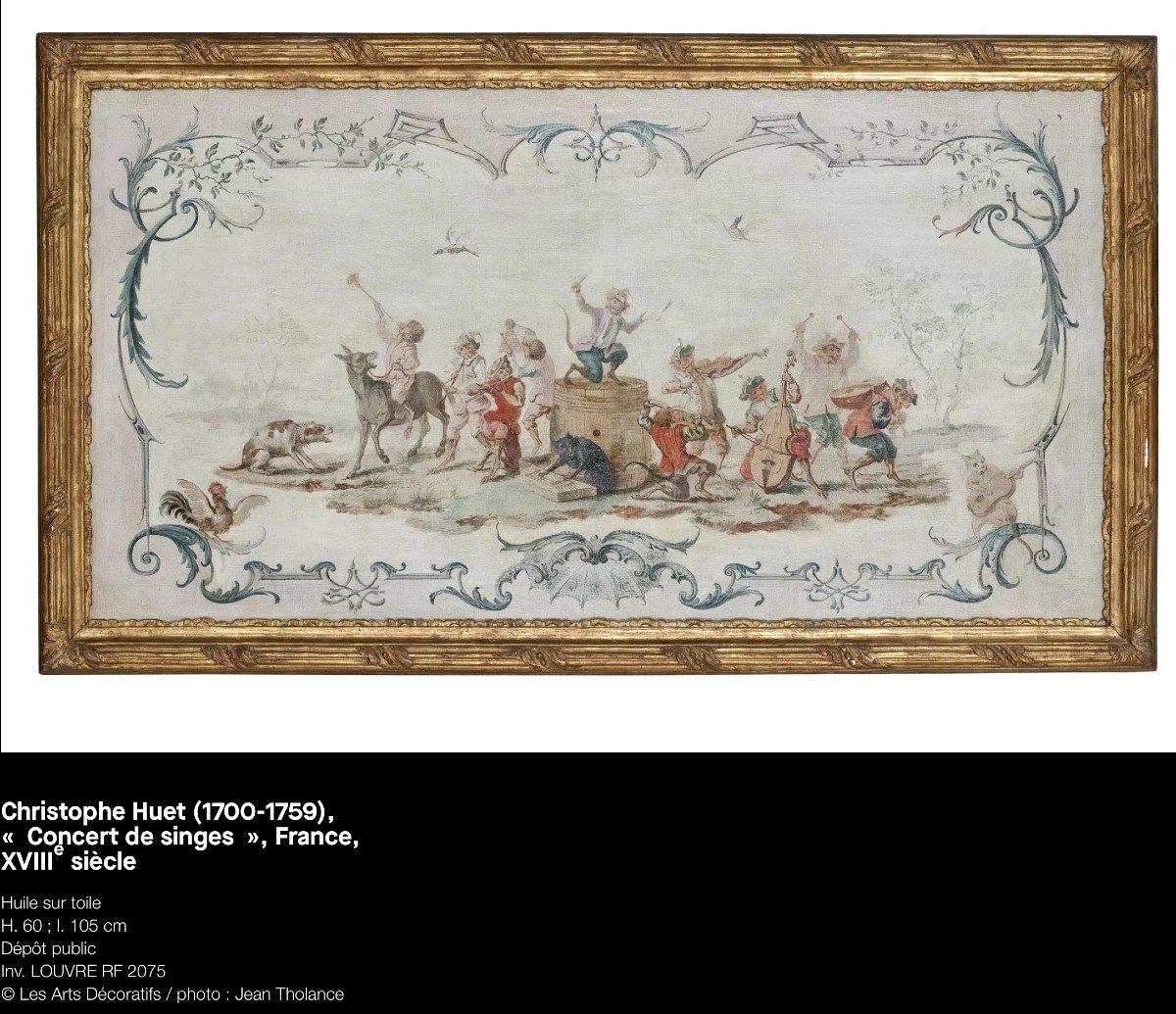












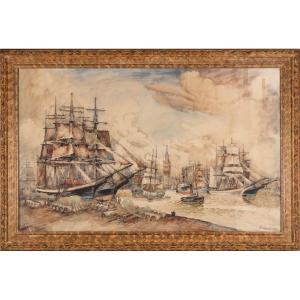
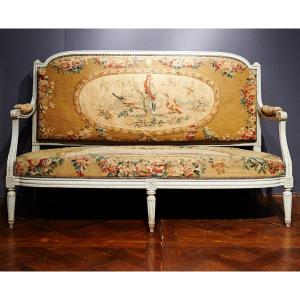




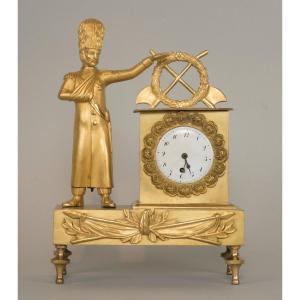


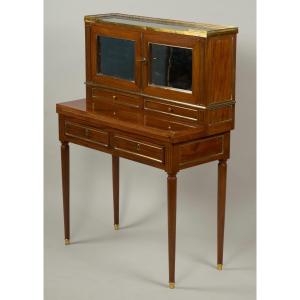

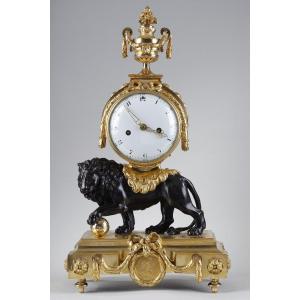
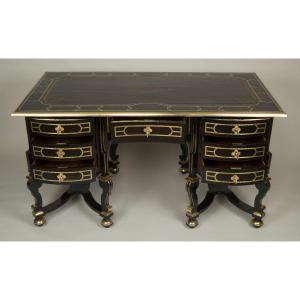
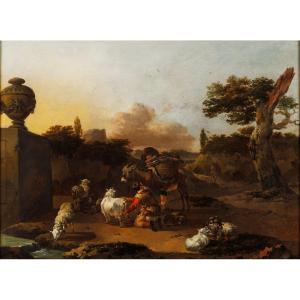








 Le Magazine de PROANTIC
Le Magazine de PROANTIC TRÉSORS Magazine
TRÉSORS Magazine Rivista Artiquariato
Rivista Artiquariato